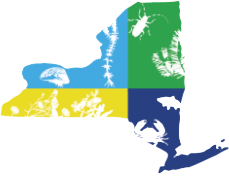AoB Plants
Effects of white-tailed deer and invasive plants on the herb layer of suburban forests
Biodiversity and Conservation
Tree pests and diseases: the threat to biodiversity and the delivery of ecosystem services
Adapting systematic conservation planning for climate change
Biological Control
Biological Invasions
Control or re-treat? Model-based guidelines for managing established plant invasions
The effects of introduced plants on songbird reproductive success
Weeds, worms, and deer: positive relationships among common forest understory stressors
Diversity and Distributions
Ecology
Ecology Letters
Dominant forest tree mycorrhizal type mediates understory plant invasions
Forest Ecology and Management
Forest habitat invasions – Who with whom, where and why
Frontiers in Ecology and Evolution
Using environmental DNA to improve Species Distribution Models for freshwater invaders
Functional Ecology
Global Change Biology
Journal of Applied Ecology
Staged-Scale Restoration: Refining Adaptive Management to Improve Restoration Effectiveness
Journal of Environmental Management
Management of Biological Invasions
Molecular Ecology
Environmental DNA detection of rare and invasive fish species in two Great Lakes tributaries
Oecologia
Oikos
Restoration Ecology
Science
Plant invasions in the Anthropocene

